Art teacher Nancy Fishel took the helm and designed a Service-Learning Project for her 7th grade classes. Work began with a 4x8 foot piece of plywood that Fishel cut into the shape of a lighthouse. Students, faculty, and staff brought in found objects that 7th graders sorted into categories that would form the stripes on the body of the lighthouse. For the ensuing two weeks, students diligently glued shells, toys, iridescent paper, pencil shards, and old cell phone parts in colorful and creative combinations. At the top of the lighthouse, students stacked layers of CDs to mimic the spotlight and surrounded the shape in yellow and blue plastic gems. The final work of art was signed, dated, and hung in the front lobby as Windsor Mill Middle School’s own sign of welcome.

|
|
|
In the fall of this school year, Fort Garrison generously opened its door to Windsor Mill for a day of learning walks. Hanging in the front lobby to welcome guests was a large lighthouse decorated with brightly colored bottle caps. The icon of welcome and learning inspired faculty at WMMS to create a piece of art of their own. Art teacher Nancy Fishel took the helm and designed a Service-Learning Project for her 7th grade classes. Work began with a 4x8 foot piece of plywood that Fishel cut into the shape of a lighthouse. Students, faculty, and staff brought in found objects that 7th graders sorted into categories that would form the stripes on the body of the lighthouse. For the ensuing two weeks, students diligently glued shells, toys, iridescent paper, pencil shards, and old cell phone parts in colorful and creative combinations. At the top of the lighthouse, students stacked layers of CDs to mimic the spotlight and surrounded the shape in yellow and blue plastic gems. The final work of art was signed, dated, and hung in the front lobby as Windsor Mill Middle School’s own sign of welcome.
1 Comment
Mindful that the digital conversion moves to the 7th grade next year, 6th grade teachers at Windsor Mill Middle School shared their year-long experience and insight via a World Café during a faculty professional development. Teams gathered at color-coded tables hosted by the 6th grade veterans. Teachers brainstormed responses to questions via a communal ‘table cloth.’ The prompts asked teachers to consider the major shifts they anticipated for a 1-1 Learner-Centered Environment with regard to device management, room set-up, behavior management and establishing classroom expectations. Teachers also pondered how technology can be used to enhance instruction and not lead instruction. Teams talked and talked, then talked some more, and came away wiser, with tools and understandings to continue the work.
Following a Lighthouse Middle School day of learning at Sparrow’s Point, STAT Teacher Niamh McQuillan rushed back to teachers at Windsor Mill Middle School to share a simple and ingenious tool for responsive teaching: the Painter’s Bucket. Three weeks later, thanks to local hardware and paint stores, over 90 buckets found their way into the nooks and crannies of Windsor Mill classrooms and hallways. Students took to the new furniture option on day one, plopping colorful cushions on overturned buckets to personalize their learning space and process.
The Mid-Atlantic Conference on Professional Learning visited Windsor Mill Middle School to study the day-to-day workings of a Lighthouse School immersed in the one-to one digital conversion. Over 50 participants from Florida to Vermont arrived early in the morning to benefit from the hard-won wisdom of the BCPS offices involved in the transformation in learning. A highlight of the day was the Learning Walks when visitors observed the use of formative assessments, targeted small-group instruction, customized and personalized learning, and student collaboration in the classroom. Teachers and students alike were delighted to hear the feedback that reflected a common theme: “Love the hands-on inquiry and level of student engagement” wrote one visiting teacher, “and a culture that promotes deep thinking.”
Vocal Music Teacher, MaryBeth Benesch was intrigued when she first heard of teachers using small-group instruction in their classrooms. She knew the strategy targeted students who had misconceptions or gaps in their learning. The conundrum was: how could she bring this into her vocal music classes? Deer Park Elementary Music Teacher, Kirsten Chalk, an enthusiastic adopter of the learning method, happily invited Benesch into her 5th grade classroom to observe the practice in action. Benesch spent a class period studying Chalk’s procedures and asking student’s questions about the process. The very next day, on her drive into work, Benesch had a Eureka! moment and saw a way to incorporate small-group instruction into her class that very day. A handful of students had joined her class a few weeks into the new semester and needed to learn the basics of sight-reading. Benesch pulled the students at the beginning of class to directly target the gaps in their learning, while the remainder of the class worked in collaborative groups. World Language teacher, Mr. Gaul, joined the impromptu lesson and began to plan his own version of small-group instruction into his Spanish I and II classes.
During the darkest months of winter, Windsor Mill Middle School’s Lighthouse Room lived up to its name as a beacon for learning. In February, teachers gathered with the offices of Curriculum and Instruction and Digital Learning to delve deeply into the art and science of designing powerful instruction that infused the purposeful use of technology. S.T.A.T Resource Teacher, Sandra Schmidt coordinated the two-day in-house professional development, bringing in content-area and technology experts to plan lessons with teachers from 6th, 7th, and 8th grades. Social Studies Department Chair, Richard Kline, said it was “beneficial to have the opportunity to work with both our content area experts and the Office of Digital Learning.” And indeed, the collaborations proved successful. Teams created lessons that melded Newton’s Laws of Motion and Pirate Ships; asked how Civil War technology changed the course of the war; and examined the connection between India’s Independence movement and self-actualization.
Google Expeditions brought the world to Windsor Mill using only cardboard glasses and a phone. Google and its Expeditions program, a virtual reality platform, travel the globe visiting classrooms and allowing students to immerse themselves in panoramic journeys from the bottom of the ocean to Curiosity’s trek across Mars. Students at Windsor Mill spent the day traversing continents to ancient monuments, diving into kelp forests, and flying to the dark side of the moon. Every student had his or her own favorite journey, but without a doubt, the question on everyone’s lips at the end of the day was, can we do this again tomorrow?
Submitted by Ali Lederer 1st Grade Teacher, Joppa View Elementary This post originally appeared in Creative Educator My first grade class has a wide range of ability levels; not all of my students need the same lesson delivered in the same way at exactly the same time. Some emerging readers are still mastering short vowels, while others are reading for blends, digraphs, and vowel teams. Some students already know how to add using a number line, so there’s no need to make them sit through a 20 minute lesson on that skill. To better accommodate and engage the individual learners in my classroom, I use station rotations. Station rotation is exactly what it sounds like - students rotate through several stations during a lesson block. Instead of teaching a lesson to all students at the same time, I teach the lesson to small groups, customizing the delivery each time to differentiate for the learning strengths of the individuals in each group. When it is appropriate to address the entire class at once, I use station rotations afterwards to provide practice with the newly introduced skill. This allows me to provide additional support to one group while the remainder of the class remains engaged at their stations. Stations allow me to group my students according to their needs so I can provide instruction specifically tailored for those learners. Using this technique with small, manageable groups allows me to teach, re-teach, extend, or have students practice based on their immediate needs. How do I organize the stations? Generally, I use a four-station rotation: a teacher station, a tech station, an independent practice station, and a group/partner practice station. Time spent at each station may vary depending on how much time is allotted for the lesson block, but each rotation generally lasts for 6-10 minutes. Teacher Station
If I am using stations in place of whole-group instruction, I use the teacher station to deliver the content. This allows me to differentiate the content and delivery for each The Mobile Mining Experience came to Sparrows Point Middle School on March 22nd and 23rd to show students The Rock Cycle, which ties directly into the 7th grade unit “Digging into the Earth’s Past.” In this unit, students have been learning about fossils and the rock cycle. The Mobile Mining Experience brought all types of rocks and petrified wood to show students. During the presentation, the presenter stopped for questions where students had a chance to win different rock prizes. After the presentation, students got a chance to crack their own Trancas Geodes from Chihuahua, Mexico. Students were so excited about their geodes that they were taking selfies with them! At the end, if the students could answer a question from the presentation, they earned a piece of petrified wood. It was an exciting experience for all involved. Andrew Funari said, “It was a cool way to see the rock cycle, and I enjoyed how they were interactive with our class.” Haillie Browne added, “I thought the Mobile Mining Experience was really interesting because I got to learn while having fun.” With the new and reinforced knowledge from the speakers, students went outside and explored what types of rocks were most common at SPMS based on the geographical location. Students worked together to make predictions, search for evidence, and reevaluate their predictions to collaboratively come up with the correct answer. Teaching social studies is an ever-changing adventure and requires a classroom that is flexible. At the beginning of the year I was struggling with making the room cohesive with responsive lessons. There were many times when students needed to work together in small or large groups. Other times required more direct instruction. The solution for me was to create a more fluid room arrangement. In this type of classroom, the students create the type of arrangements that fit the lesson. Sometimes the students work independently or with a partner. Other times they need to work in small, or even large groups of 6-8. By making a few quick and easy transitions, the desks can be moved and partners can now join up with other to create groups. In this, lessons can flow from group instruction, to research with a partner for reinforcement to group projects and then back again to accommodate the next class.
|
AuthorsReflections from teachers, administrators, and students at the Lighthouse Schools. Categories
All
Archives
June 2018
|
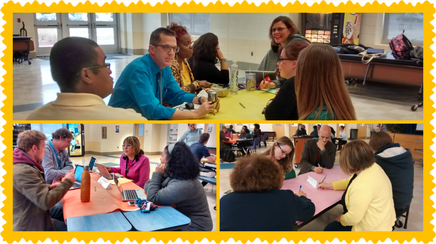
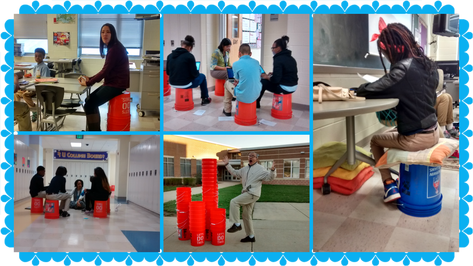
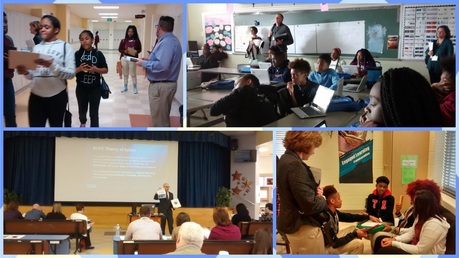
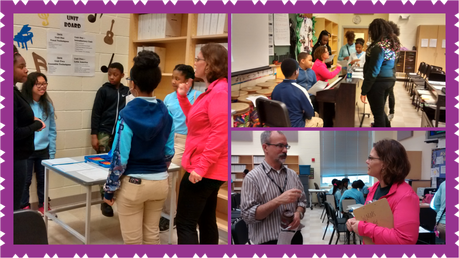
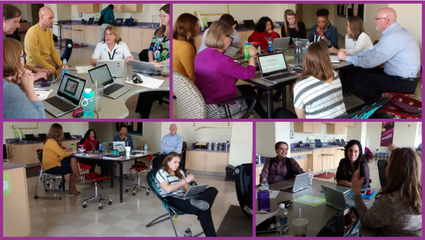
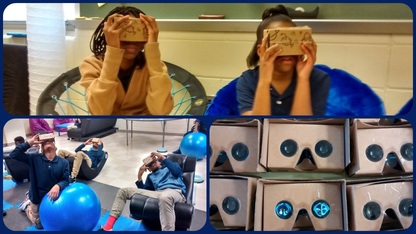
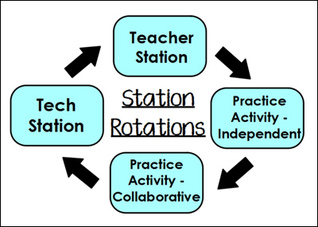
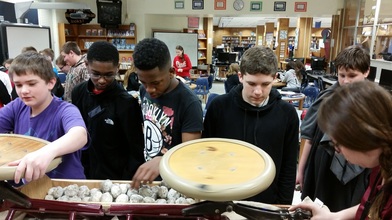
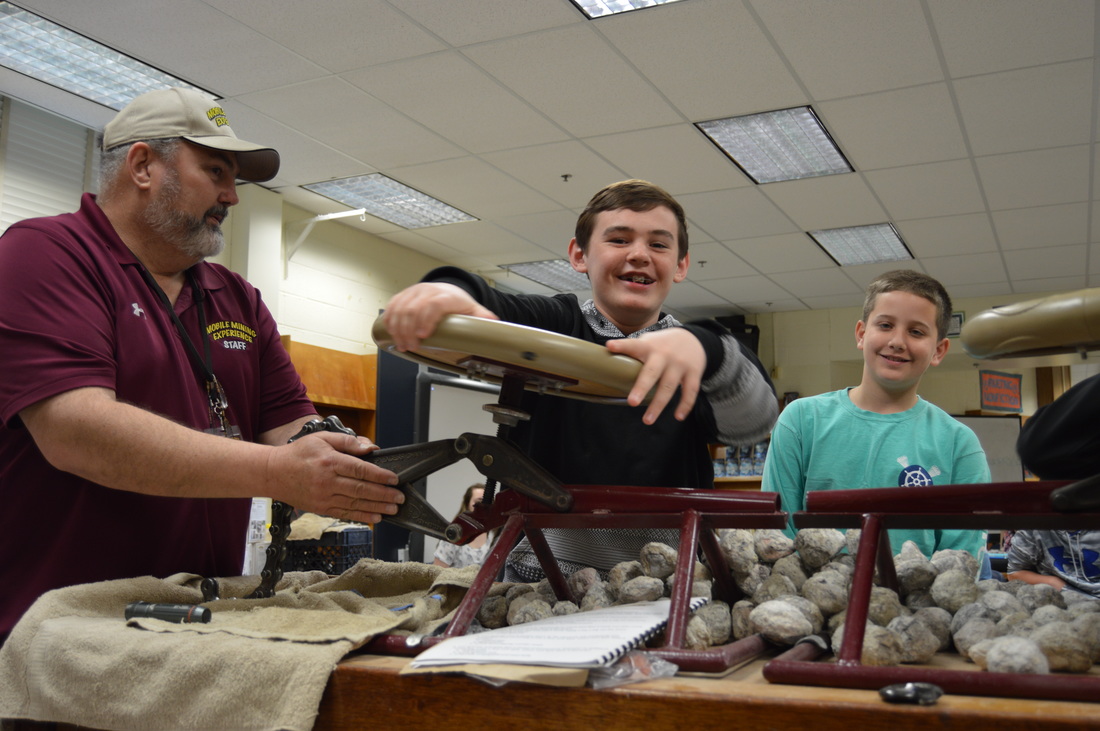
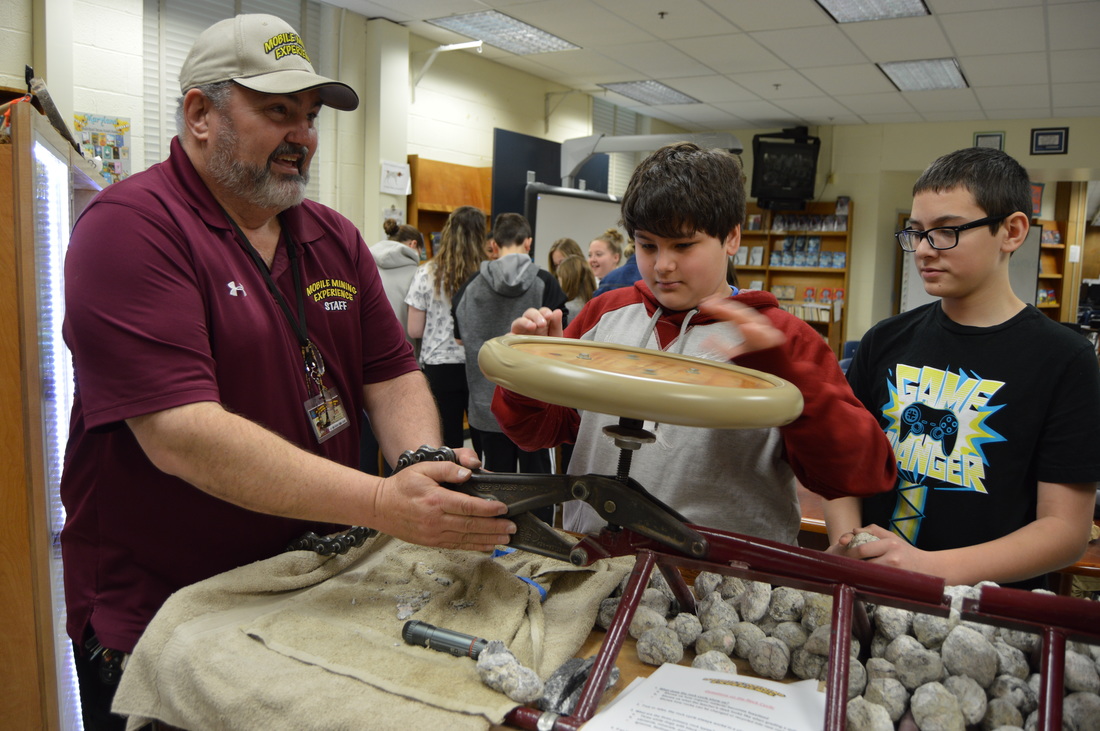
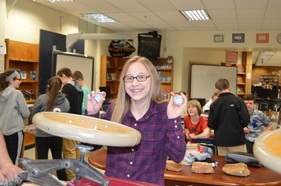
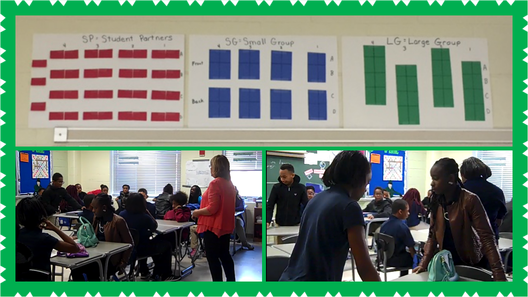
 RSS Feed
RSS Feed
